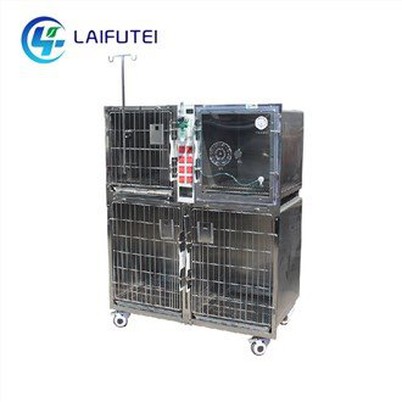How Much Is A PET Scan?
Leave a message
How much is a PET scan?
A PET scan, which stands for Positron Emission Tomography, is a medical imaging technique used to evaluate various diseases and conditions in the body. It is commonly used to detect cancer, assess heart conditions, and diagnose brain disorders. However, the cost of a PET scan can vary significantly depending on several factors. In this informative article, we will delve into the details of PET scans, their uses, and the associated costs.
PET scan: Understanding the technique
Before discussing the costs, let''s have a brief overview of how a PET scan works. Unlike traditional imaging techniques such as X-rays or CT scans, which create images based on the body''s anatomical structure, PET scans map the body''s metabolic activity.
During a PET scan, a patient is injected with a small amount of a radioactive substance called a radiotracer. This radiotracer emits positrons, which are positively charged particles. When these positrons collide with electrons in the body, they produce gamma rays. These gamma rays are then detected by the PET scanner, and a computer system transforms the data into detailed 3D images.
These images provide valuable information about the functioning of organs and tissues at a cellular level. PET scans can detect abnormalities in glucose metabolism, oxygen consumption, blood flow, and neurotransmitter activity. This information helps physicians diagnose and monitor various conditions.
Common uses of PET scans
PET scans have a wide range of applications in the medical field. Here are some of the most common uses:
1. Cancer detection and staging: PET scans are highly effective in identifying cancer cells and determining the stage of cancer. It helps oncologists assess the extent of cancer spread and plan appropriate treatment strategies.
2. Cardiac imaging: PET scans can evaluate blood flow to the heart muscle and identify areas with reduced blood supply. This aids in diagnosing heart conditions such as coronary artery disease and assessing the effectiveness of treatments.
3. Neurological disorders: PET scans play a crucial role in detecting and diagnosing brain disorders, including Alzheimer''s disease, epilepsy, and brain tumors. They can help differentiate between benign and malignant tumors and guide treatment decisions.
4. Psychiatric disorders: PET scans have been valuable in studying and understanding psychiatric conditions like depression, schizophrenia, and bipolar disorder. They provide insights into the brain''s chemical imbalances and aid in developing appropriate treatment plans.
5. Monitoring treatment effectiveness: PET scans are used to assess the response to various treatments, such as chemotherapy or radiation therapy. By tracking the metabolic changes in tumors or affected organs, physicians can modify treatment plans accordingly.
Factors affecting the cost of PET scans
Now that we understand the significance of PET scans in healthcare, let''s explore the factors that influence their cost:
1. Geographical location: The cost of medical procedures can vary significantly depending on the region and country. In some countries, healthcare services are subsidized, resulting in lower PET scan costs, while in others, the prices may be higher.
2. Medical facility: The type of medical facility where the PET scan is conducted plays a role in determining the cost. Specialized hospitals or clinics may have higher fees compared to general healthcare centers.
3. Insurance coverage: The extent of insurance coverage can affect the out-of-pocket expenses for a PET scan. Some insurance plans fully or partially cover PET scans for specific conditions, while others may require pre-authorization or impose deductibles.
4. Additional services: The cost of a PET scan may include additional services, such as the interpretation of results by a radiologist or the administration of sedation for anxious patients. These extra services can contribute to the overall cost.
5. Research or clinical trials: Participating in research studies or clinical trials may lower the cost or even provide free PET scans. However, availability and eligibility for such opportunities vary widely.
It is essential to discuss the cost factor with the healthcare provider and insurance company beforehand to avoid any unexpected financial burden.
Estimated cost range
While the cost of a PET scan can vary, it is vital to note that it generally falls within a certain price range. The typical cost for a PET scan can range from $1,500 to $6,000. This range considers the various factors mentioned above and may differ based on geographical location.
The pricing structure often includes the procedure itself, interpretation by a radiologist, and associated medical services. Additional charges may apply if the scan requires contrast agents or specialized imaging techniques.
Conclusion
A PET scan is an advanced medical imaging technique that provides vital information on the cellular function and metabolism of organs and tissues. It plays a crucial role in diagnosing and treating various conditions, particularly cancer, cardiac diseases, and neurological disorders. However, the cost of a PET scan can vary depending on factors such as geographical location, medical facility, insurance coverage, and additional services.
Remember to consult with healthcare providers and insurance companies to determine the exact cost and potential coverage options before opting for a PET scan. It is essential to prioritize your health while being mindful of financial considerations.







